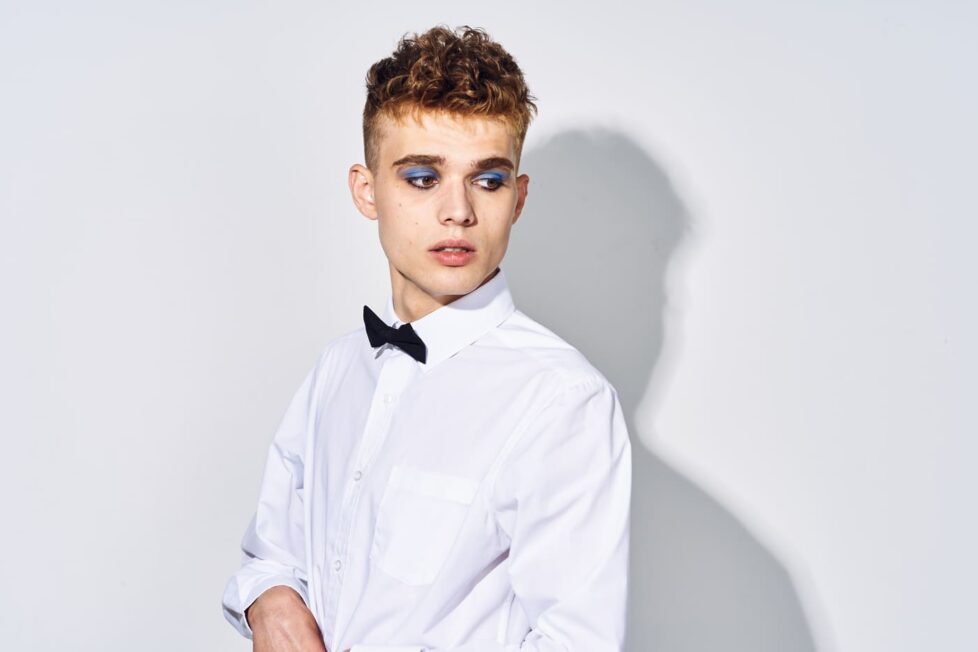Cross-dressing: Do you know what it means?
Cross dressing means wearing clothes and accessories which are often associated with the opposite gender.

Cross dressing means wearing clothes and accessories which are often associated with the opposite gender.

The term “Cross-dressing” is quite popular nowadays. But many people still have issues understanding this concept. It is indeed a broad definition, but it has a fixed meaning, not to be confused with other terms. It might not be as clear as we wanted it to be. Doubts lead to misconceptions and discrimination, so it’s essential to have a good understanding of these issues.
Cross-dressing means wearing clothes associated with the opposite gender, but it’s much more complex than that. It’s also important to know that cross-dressing doesn’t make you transgender and is not the same as drag.

According to the dictionary, the meaning of cross-dressing is “To wear clothes associated with the opposite sex.” Years ago, it used to be a synonym for “Transvestism,” which is now considered offensive, as it was used with a negative connotation. Some people still call themselves transvestites. But this is more associated with feminine gender identity and has a different meaning. Now, cross-dressing is a term that originated among the LGBTQ community some time ago and has a more positive tone.
It describes the act of defying gender norms by wearing clothes that, due to cultural reasons, are tied to a different gender expression. As such, it’s essential to notice that cross-dressers might or might not identify as part of the LGBTQ community, but I’ll explain that later. The vital thing you should understand is that this term is here to describe the act of wearing the outfits as mentioned earlier.
There are many reasons for someone to cross-dress. The most common one is to express themselves. Others do that for entertainment purposes, disguises, and some sort of sexual satisfaction. But it can be something even more straightforward, such as liking some outfit designed for another gender expression.
Each cross-dresser has a unique motivation, and this may be the broadest and most flexible aspect of cross-dressing. But all of them are valid nonetheless, and each one finds its place in the community. Associating clothes with specific gender expressions or biological sex is a cultural thing. Therefore, cross-dressers might have different goals in different cultures. But generally speaking, people cross-dress because it’s something they enjoy.
To describe the aspects of cross-dressing, we must start by telling the most common types of cross-dressers. We must begin by differentiating MtF and FtM cross-dressers. MtFs are men who dress up in outfits that women often use. These are generally dresses, skirts, and feminine underwear. In some cases, they also use makeup and wigs to complete the look.
FtMs, on the other hand, are women who dress up in clothes associated with men. But masculines clothes tend to be gender-neutral instead of gender-specific. Trousers and shirts can be worn by women without it counting as cross-dressing if they want.
Because of that, MtF cross-dressers used to have more visibility since it was more obvious that they were, in fact, cross-dressing. Some gender-fluid and non-binary people may also identify as cross-dressers if they want to. They might use their gender identity or their biological sex as a reference.
We must add that a cross-dresser does not have to identify as someone of a gender different from the one assigned to them at birth. So, even though these concepts may overlap sometimes, cross-dressers are not necessarily transgender. A trans person is someone who identifies as something other than their assigned gender based on their biological sex.
The short answer is no. The long answer is not exactly. From a certain point of view, drag queen art can be seen as an extension of cross-dressing. Drag queens are female characters, generally portrayed by male artists, who cross-dress in order to do so. But drag refers to the art itself, which often includes singing or other performances. Even women and non-binary people can be drag queens, but men are the vast majority in the field.
Cross-dressing is a very inclusive activity. Anyone can do it! No matter your gender, age, or body type. If you feel like you want to try it, go ahead. You can dress up the way you want to, and you shouldn’t let beauty standards dictate your goals. As for the age limit, there’s none. No matter how old or how young you are, cross-dressing is for everyone.
Young people have more chances to pass as the opposite gender since some of their gender-specific features haven’t developed yet. But passability isn’t mandatory for cross-dressing. People exist in many different shapes and sizes as well, and it should never prevent you from dressing up.
